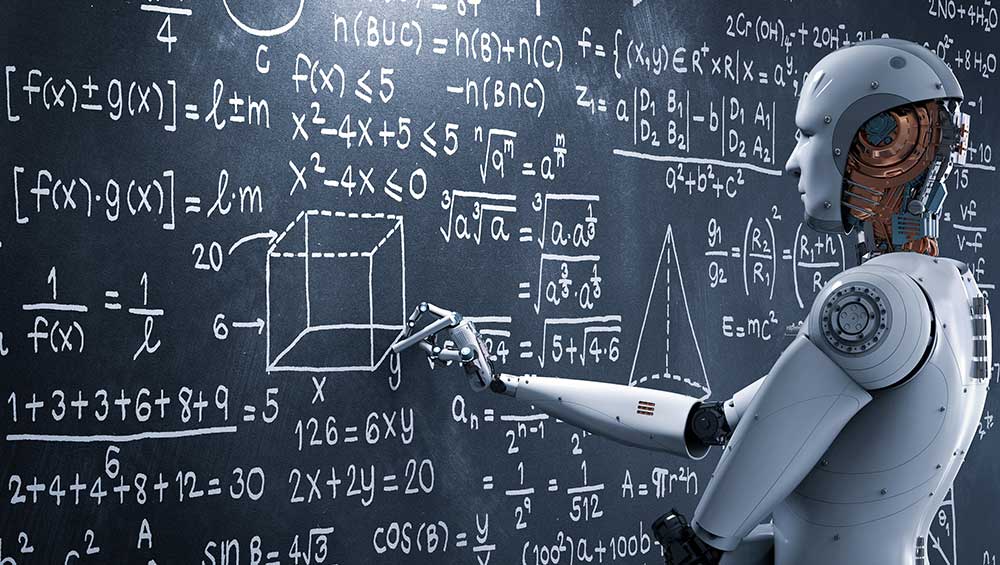
AI plays a crucial role in predicting the forex and stock markets by analyzing vast amounts of data and identifying patterns that human analysts might miss. Through machine learning algorithms and neural networks, AI can process historical price data, news sentiment, macroeconomic indicators, and even social media trends to forecast market movements.
One of the key strengths of AI in this domain is its ability to handle large datasets and detect subtle correlations. AI models can automatically adjust to changing market conditions and learn from new information in real-time, making their predictions potentially more adaptive than traditional methods. For instance, AI can recognize complex patterns in currency pairs or stock prices that indicate upcoming trends or reversals.
AI can also be used to develop trading algorithms that automatically execute trades based on pre-defined rules and market conditions. These algorithms can react to market changes much faster than humans, potentially leading to more profitable trades.
Despite these challenges, AI is increasingly being used by traders and financial institutions to gain an edge in the markets. As AI technology continues to advance, we can expect even more sophisticated and accurate predictions in the future.
In conclusion, while AI offers powerful tools for predicting forex and stock market movements, it should be used in conjunction with human expertise and judgment to mitigate risks and maximize the effectiveness of trading strategies.
Popular machine learning algorithms used in stock market predictions include
Linear Regression: Used for predicting the future price of stocks based on historical price data. It's a simple yet effective model for identifying trends.
Logistic Regression: Useful for binary outcomes, such as predicting whether the stock price will go up or down based on certain financial indicators.
Decision Trees: Provide a clear methodology for making decisions based on various financial indicators, useful for both classification and regression tasks in stock predictions.
Random Forests: An ensemble method that uses multiple decision trees to improve prediction accuracy and control over-fitting. It's robust against noise and effective for stock market forecasting.
Support Vector Machines (SVM): Effective for classification and regression tasks, SVMs can be used to predict the direction of stock price movements based on historical data.
Neural Networks: Especially deep learning models, are powerful for capturing complex patterns in stock market data, including price movements, trading volumes, and sentiment analysis from financial news.
K-Nearest Neighbors (KNN): A simple algorithm that can be used for predicting stock prices by finding the 'k' most similar historical patterns and averaging their outcomes.
Gradient Boosting Machines (GBM): Including XGBoost, LightGBM, and CatBoost, these algorithms are highly effective for both classification and regression tasks, offering robust predictive capabilities for stock market trends by sequentially correcting errors of previous models.
Time Series Analysis: Algorithms like ARIMA (AutoRegressive Integrated Moving Average) and LSTM (Long Short-Term Memory networks) are specifically designed for sequential data, making them suitable for predicting stock prices and financial market trends over time.
Reinforcement Learning: Techniques like Q-Learning and policy gradient methods are being explored for developing trading strategies that adapt and learn from the market's behavior over time.
These algorithms can be applied to various aspects of stock market predictions, including forecasting stock prices, predicting market trends, and developing automated trading strategies. The choice of algorithm depends on the specific problem, the nature of the data available, and the desired accuracy of the predictions.
